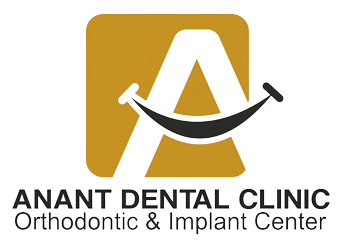Gum disease is an inflammation of the gum line that can progress to affect the bone that surrounds and supports your teeth. The three stages of gum disease — from least to most severe — are gingivitis, periodontitis and advanced periodontitis.
Initially it begins with a marked red swelling along the gum line, sometimes accompanied by bleeding when brushing the teeth. If untreated, it progresses in severity and teeth may begin to feel loose.
Periodontal diseases range from simple gum inflammation to serious disease that results in major damage to the soft tissue and bone that support the teeth. In the worst cases, teeth are lost.
Brushing and flossing help get rid of plaque. Plaque that is not removed can harden and form “tartar” that brushing doesn’t clean. Only a professional cleaning also called as Scaling, by a dentist can remove tartar. Scaling And Root Planing can be completed in two to four sessions depending on how much oral disease the patient may have.
If the teeth become loose or uncomfortable, the patient will require Gum Surgery. Initial therapy may be required to treat diseased periodontal pockets through scaling and root planning. The dentist would utilize an ultrasonic scaling device to remove plaque, tartar and food debris below the gum line and would hand scale the tooth and root surface to make it smooth and disease free. Thorough oral hygiene procedures would be reviewed with the patient to improve oral care cleaning techniques at home.
Gum disease, also known as periodontal disease, is like a sneaky thief that can harm your gums and teeth if left unchecked. It’s caused by bacteria in plaque, a sticky film that forms on your teeth.
Here’s what you need to know about gum disease:
Types: There are two main types of gum disease: gingivitis and periodontitis. Gingivitis is the early stage of gum disease, causing red, swollen gums that may bleed easily. Periodontitis is more severe and can lead to gum recession, bone loss, and tooth loss if untreated.
Causes: Poor oral hygiene is the primary cause of gum disease. However, other factors like smoking, diabetes, hormonal changes, and genetic predisposition can also increase the risk.
Symptoms: Symptoms of gum disease may include red, swollen, or tender gums, bleeding gums during brushing or flossing, persistent bad breath, receding gums, and loose or shifting teeth.
Treatment: Treatment for gum disease depends on the severity of the condition. In the early stages, professional dental cleanings and improved oral hygiene may be sufficient to reverse gingivitis. However, advanced cases may require more intensive treatments like deep cleaning (scaling and root planing), antibiotic therapy, or surgical procedures to restore gum health.
Prevention: The best way to prevent gum disease is to practice good oral hygiene habits, including brushing your teeth twice a day, flossing daily, eating a balanced diet, avoiding tobacco use, and attending regular dental check-ups.
By understanding the causes, symptoms, and treatment options for gum disease, you can take proactive steps to protect your gums and maintain a healthy smile for life. If you’re experiencing symptoms of gum disease, don’t wait—schedule a dental appointment to address the issue before it worsens.

